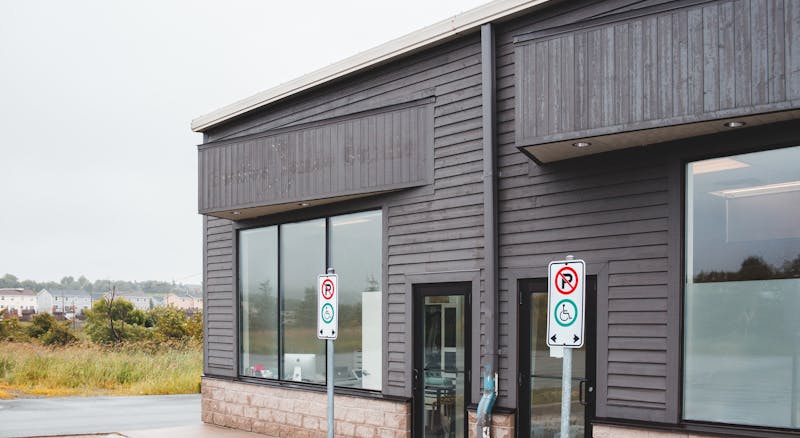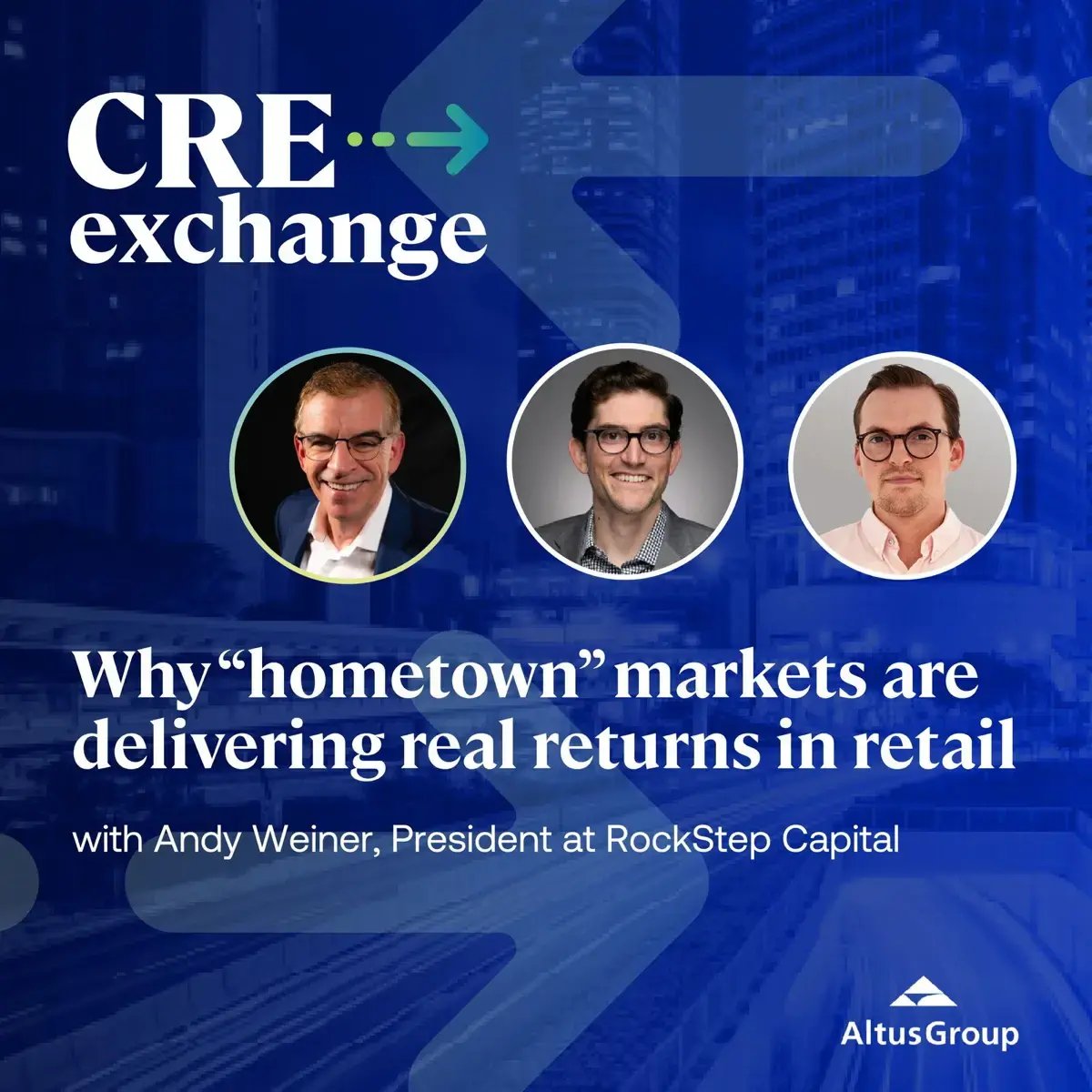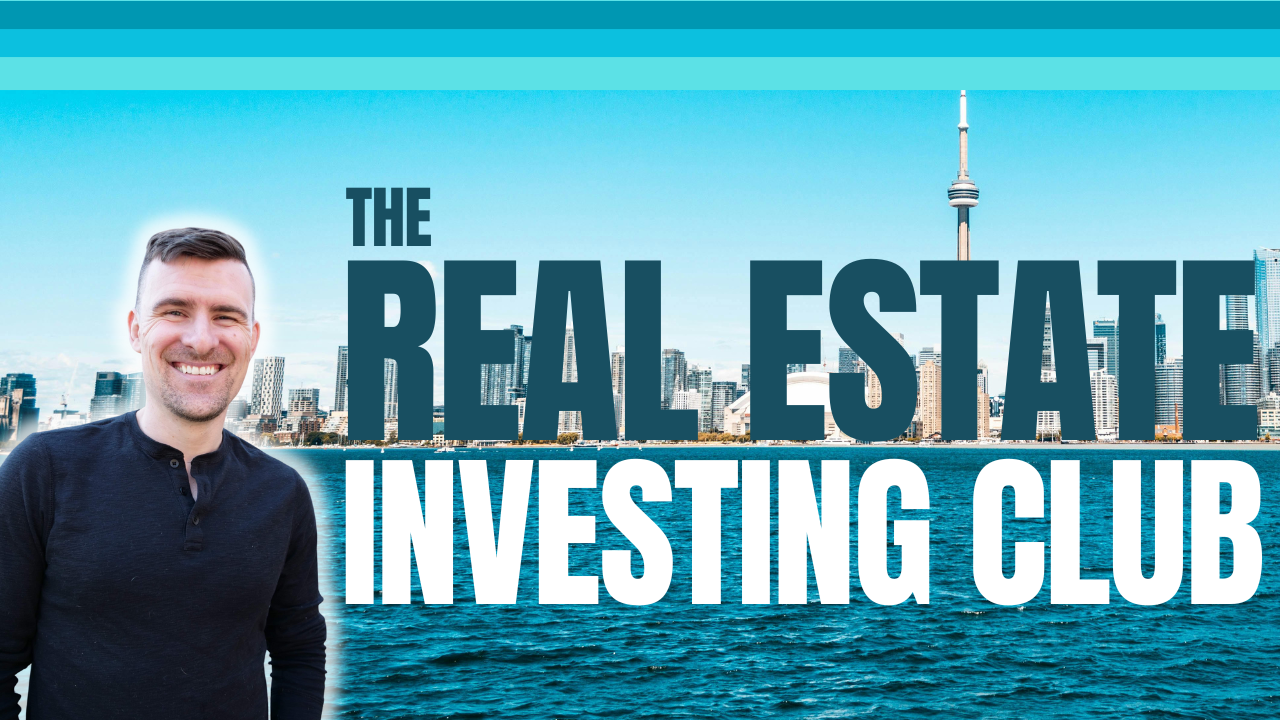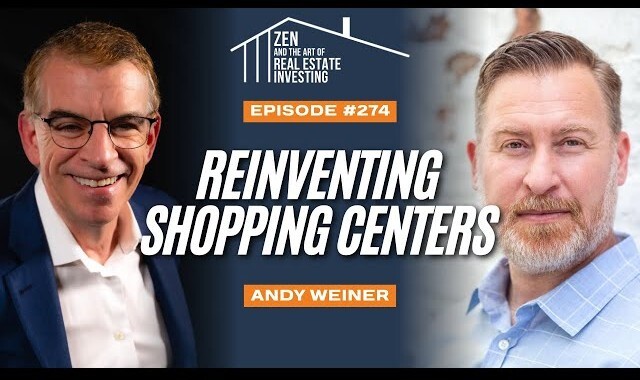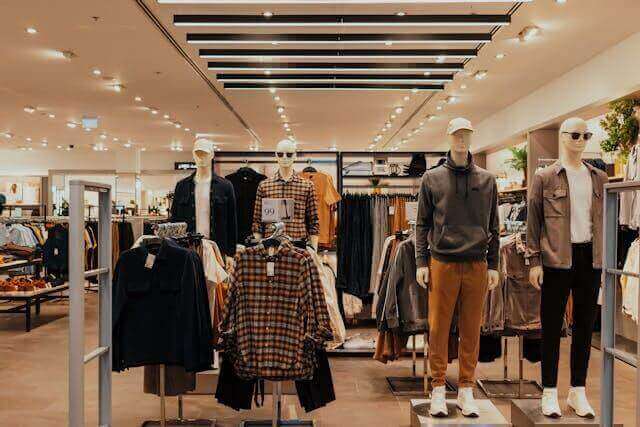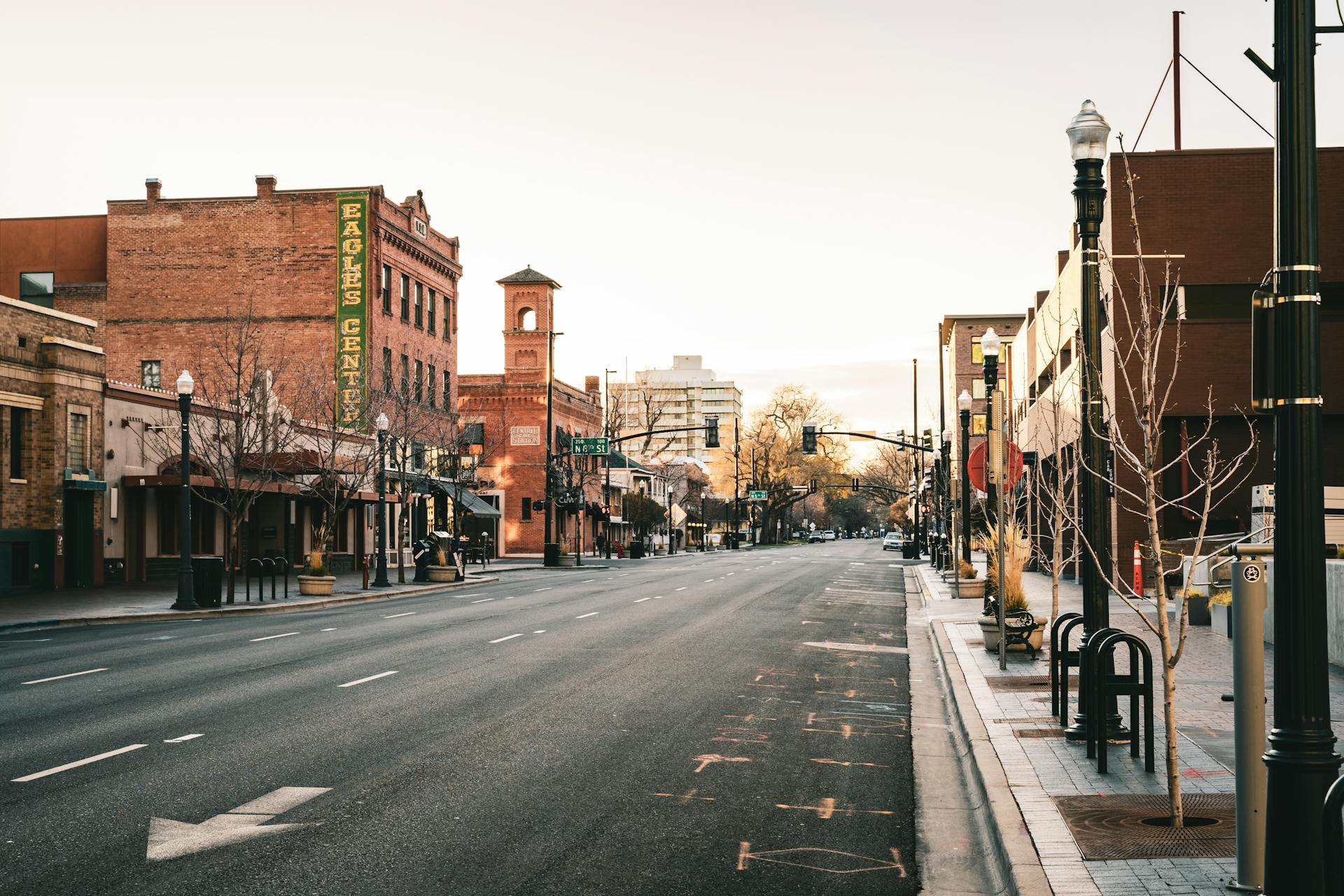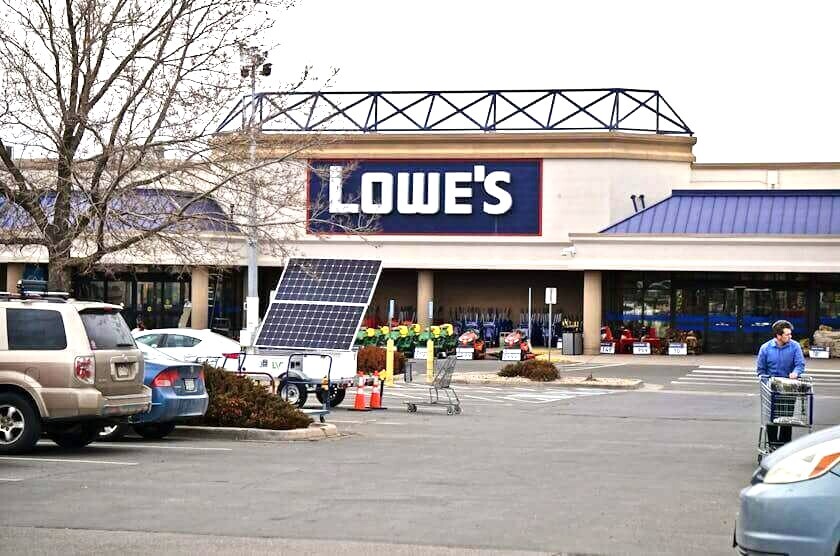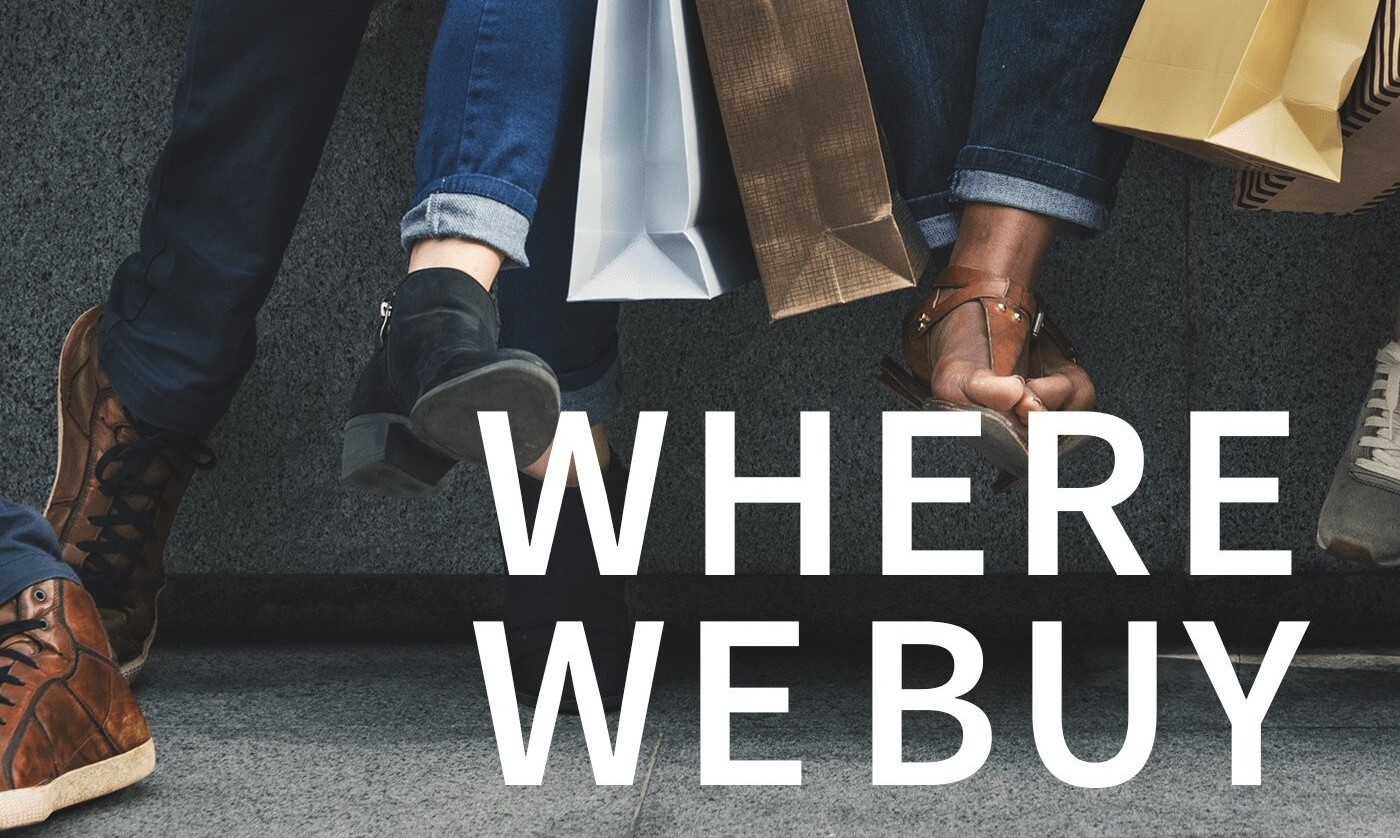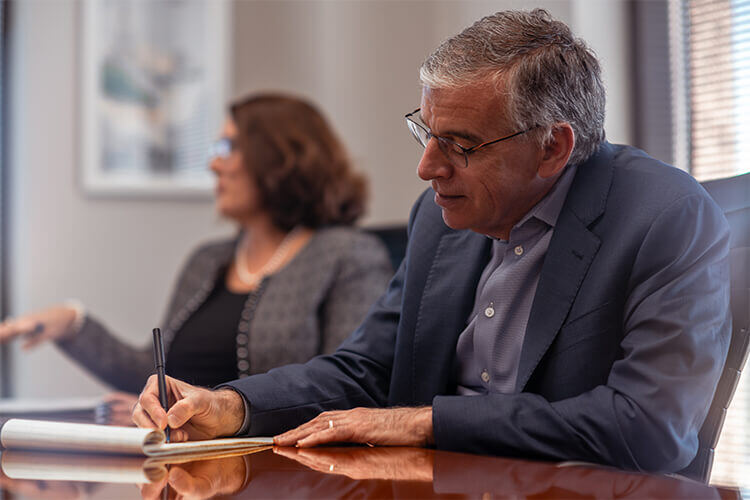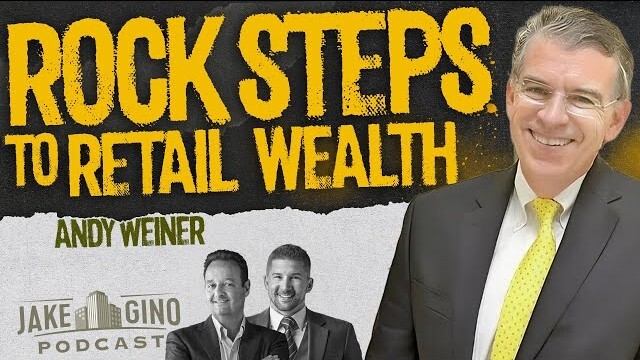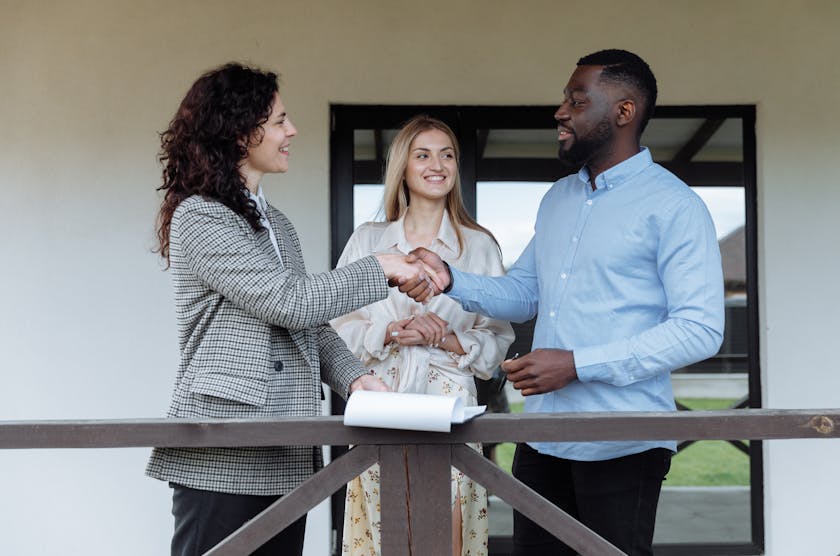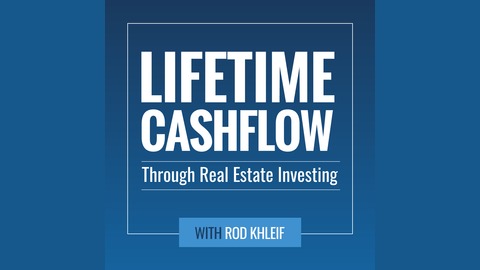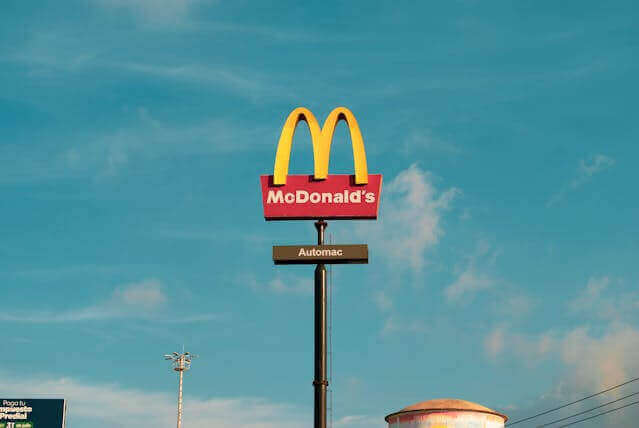Revolutionary Design Changes That Elevate Shopping Centers in 2025
June 5th, 2025
5 min read
By Andy Weiner
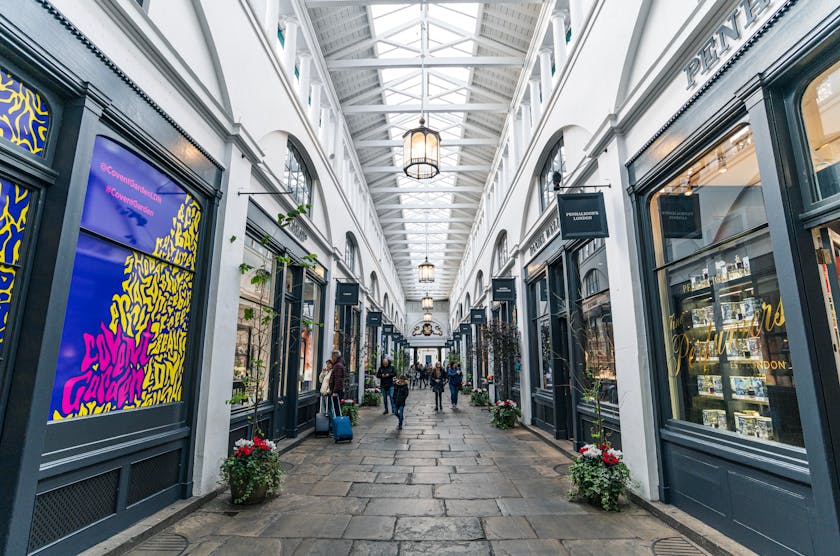
Retail property design is adjusting to post-pandemic expectations by moving toward open-air formats, outward-facing storefronts, and mixed-use programming like dining, wellness, and public services. Investors should evaluate properties for layout flexibility, infrastructure for new uses, and alignment with communities open to redevelopment.
The way people shop has changed, and smart retail design is changing right along with it.
The last few years have reshaped retail real estate. COVID-19 sped up trends that were already underway, and Amazon's continued dominance forced every retailer (and every landlord) to rethink how we do business.
What we’ve seen is a clear separation between companies that adapted and those that didn’t. The retailers that survived are growing. They’re expanding into existing shopping centers, and they’re doing it with specific design and operational expectations. At the same time, the inventory of available space isn’t getting any bigger. That’s why our focus is on transformation. One of our favorite things to do at RockStep is to take older centers and turn them into properties that fit how people shop now.
We’re not talking about minor adjustments. We’re talking about complete reconfigurations, physically, financially, and operationally, to meet today’s demands and tomorrow’s opportunities.
Why Enclosed Malls Are Losing Consumer Interest
It’s clear from both the data and what we see every day. Shoppers want convenience. The traditional enclosed mall no longer matches how people prefer to shop.
Primarily, consumers want to shop less and less in the interior part of a mall, and they want to shop in outward-facing properties.
We’ve all felt it. The idea of parking your car, walking through twenty stores just to get to the one you want—it’s outdated. People don't want to park, enter a building, and walk through twenty stores just to reach the one they need.
A Practical Solution: Unconventional Modifications
So when a property starts to underperform, we take a close look at whether it can be reworked. Can we modify the property into one of two formats?
The two formats most often used are:
- Creating a hybrid property - converting the property into a part open-air center and part enclosed mall
- Full demoing - eliminating the interior and either demolishing all or part of the architecture
or reconfiguring the architecture of the center so that the stores are outward-facing
While these changes can be intimidating, retail tenants in 2025 are becoming increasingly comfortable with unconventional property modifications, especially those that enhance the shopping experience and increase foot traffic.
Examining The Physical Transformations In A Post-COVID Market
In other words, the pandemic didn’t just change how people shop. It also forced us to rethink the very structure of the shopping center itself.
We’ve moved from enclosed environments to outward-facing layouts because that’s what customers now expect. People are more cautious about space, airflow, and access. They're more comfortable in environments that feel open and accessible. The future of retail is about simplicity and immediacy.
We’re actively redeveloping multiple properties right now that reflect this shift. These are not minor renovations. They are full-scale reconfigurations of buildings, facades, signage, and infrastructure. We're in the middle of six redevelopments now, including a project in Temple, Texas, where we're planning to demo that property, and another in Fort Smith, Arkansas. These are massive, detailed projects, but the results pay off in a big way.
City Incentives Are Driving Redevelopment Projects
One of the biggest shifts we’ve seen in the past decade is that municipalities are more willing to partner with developers. They understand what’s at stake.
There wasn’t a deterioration of NOI (Net Operating Income) prior to 10 years ago. But that’s changed, and with that shift, cities are stepping up. Communities are more willing to provide financial incentives to restructure architecture, such as with the ice rink or through tax incentives, whether it's property or sales tax incentives.
Deals are often getting done with city, county, and state incentives to close the gap. When public and private interests are aligned, everybody wins.
Utilizing Outdoor Plazas To Boost Dwell Time And Foot Traffic
Getting the right tenants in is one part of the equation. The other part is designing a property that keeps people around and gives them a reason to come back. That’s where outdoor common areas come into play.
If you can do it right, a plaza surrounded by restaurants with outdoor seating can tremendously boost foot traffic. If you get a plaza that has some form of activation, music, activity, sports, or something else, it's a great opportunity for families to visit a property together. Outdoor plazas are a very cool trend with a lot of future potential and versatility.
We’re bringing that vision to life in several locations.
- In New Orleans at Riverwalk, we’re transforming Spanish Plaza with music, a stage, outdoor restaurants, and a redesigned fountain.
- In Janesville, Wisconsin, we’re building a sports complex. Behind it, we’re collaborating with operators on a green space that will include a hotel and restaurant.
These aren't just nice additions. They are central to our strategy for long-term success.
Redevelopment Challenges: Cost And Construction Hurdles
Let’s be honest. Construction costs are high and continue to rise. That’s a major hurdle for many projects.
It is extremely expensive to do construction in today's world, and many times, the tenants who want to be in the newly designed spaces are not paying enough rent to justify the construction costs.
So we look for creative ways to make the numbers work, including:
- Leveraging city, county, and state incentives
- Engineering cost-effective build-outs
- Matching tenants with second-generation space instead of ground-up construction
Every part of the plan needs to support the financial health of the project.
Flexibility Creates More Possibilities
When it comes to leases, the more flexibility we have, the more we can do.
If the center has vacancies or has short-term leases, you have the opportunity to either close down a portion of a shopping center or relocate certain tenants so that you can accommodate larger new tenants.
Short-term or month-to-month leases are especially valuable. The bad news is that the tenant's lease is not stable. The good news is that you've got the flexibility to close them down or relocate them.
That flexibility is exactly what lets us transform properties quickly and respond to tenant demand.
Expanding The Mix Beyond Traditional Retail
To succeed in today’s market, retail centers need to offer more than just places to shop. They need to become service hubs that meet community needs.
We're working with major medical users for medical offices at a couple of our properties, and we’ve had strong interest from fitness operators as well. Education is more complicated. I think you'll see less demand for educational facility space due to some of the political issues associated with education.
Bringing in uses such as medical, wellness, and public services helps build a healthier traffic mix and adds long-term value to the surrounding area.
Designing A New Retail Center From Scratch
If I were designing a new shopping center today, I’d keep the formula simple. It’s not about what looks good on paper. It’s about what holds up financially.
What you're going to want to do is you're going to want to design it for financial stability. That means:
- Build an open-air center
- Include a few large anchors to generate regular traffic
- Line both sides of the anchors with smaller tenants
- Fill the parking lot with restaurants and pad sites
The large anchors are not very profitable, but they create the demand that creates demand for the smaller restaurant peers. They are traffic engines. The other tenants are what make the numbers work.
Be Smart With Capital Improvements
When it comes to retail redevelopment, there’s a lot of excitement around transformation. However, that must be grounded in financial reality.
It's important to be cautious when making significant design changes that could reduce value. Every investment we make should generate income and maintain its worth over time. We focus on finding smart ways to cut costs, seek government support, and ensure alignment with our tenants to achieve these goals.
It’s not about cutting corners. It’s about creating projects that are financially stable and strategically sound.
Final Thoughts: Redevelopment Is About More Than Real Estate
At the end of the day, this business is about more than bricks and leases. It’s about improving the quality of life in the places where we build.
It’s just helping tenants grow and assisting communities to have tenants that they want. When you do that, you bring value to every layer of the project. That’s what keeps me focused. We’re not chasing trends. We’re building centers that work for the tenant, for the community, and for the long haul.
Andy Weiner is the CEO and Founder of RockStep Capital, a Houston-based real estate investment firm focused on shopping center developments in secondary and tertiary markets. A Stanford and University of Texas graduate, he began his career in his family’s retail business. Since 1997, he has led the acquisition or development of over 9.7 million square feet of shopping centers across 11 states without capital calls or assets returned to lenders.
Topics:





